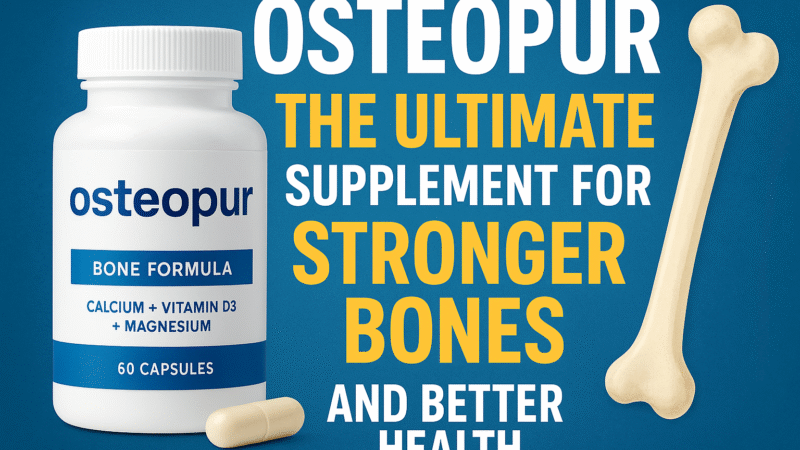Methyl Formate (HCOOCH₃) & Water: Uses, Reactions & Benefits

Methyl formate (HCOOCH₃) is an organic compound classified as an ester, derived from formic acid (HCOOH) and methanol (CH₃OH). It is a volatile liquid with a fruity odor, commonly used as a solvent and in the production of other chemicals. When combined with water (H₂O), methyl formate exhibits interesting chemical properties and plays a crucial role in various industrial and laboratory processes.
This article explores the physical and chemical properties of methyl formate, its interaction with water, and its significance in industrial applications.
Chemical and Physical Properties of Methyl Formate
| Property | Value |
|---|---|
| Chemical Formula | HCOOCH₃ |
| Molar Mass | 60.05 g/mol |
| Boiling Point | 31.5°C (88.7°F) |
| Melting Point | -99.9°C (-147.8°F) |
| Density | 0.97 g/cm³ |
| Solubility in Water | Partially soluble |
| Odor | Fruity, similar to rum |
Methyl formate is a flammable liquid with low boiling and melting points, making it highly volatile. Its solubility in water depends on temperature and concentration.
Reactions of Methyl Formate with Water
1. Hydrolysis of Methyl Formate
Methyl formate undergoes hydrolysis in the presence of water and acid or base catalysts: HCOOCH3+H2O→HCOOH+CH3OHHCOOCH_3 + H_2O \rightarrow HCOOH + CH_3OH
- This reaction produces formic acid (HCOOH) and methanol (CH₃OH).
- Acidic conditions (HCl or H₂SO₄) speed up the reaction.
- Alkaline conditions (NaOH) result in sodium formate (HCOONa) instead of formic acid.
2. Solubility Behavior in Water
- Methyl formate is partially miscible with water.
- At lower concentrations, it dissolves, but at higher concentrations, it separates into layers.
- The solubility can be enhanced by adding alcohols or using surfactants.
3. Formation of Hydrogen Bonds
Although methyl formate itself does not form strong hydrogen bonds, water molecules interact with the oxygen in the ester group, slightly increasing solubility.
Industrial Applications of Methyl Formate and Water
1. Chemical Industry
- Intermediate for Chemicals: Methyl formate is used to produce formic acid, formamide, and dimethylformamide (DMF).
- Polyurethane Foam Production: Acts as a blowing agent in the manufacture of polyurethane foams.
2. Pharmaceuticals
- Used in drug synthesis, especially for producing antibiotics and organic compounds.
3. Perfume and Fragrance Industry
- Due to its fruity smell, methyl formate is used as a solvent and additive in perfumes and cosmetics.
4. Agriculture (Pesticides and Insecticides)
- Methyl formate is used as a fumigant to kill pests in stored grains and food production.
5. Fuel and Energy Sector
- It can be converted into hydrogen (H₂) through catalytic processes, making it useful for clean energy applications.
Safety and Handling Precautions
- Highly flammable: Must be stored away from heat and ignition sources.
- Toxic in high concentrations: Inhalation of vapors can cause dizziness and irritation.
- Protective Equipment: Gloves, goggles, and proper ventilation are required for handling.
Conclusion
Methyl formate (HCOOCH₃) is an important chemical with applications in industries such as pharmaceuticals, agriculture, and energy. Its interaction with water, particularly through hydrolysis, makes it useful in chemical synthesis. Proper handling and understanding of its properties ensure its safe and effective use in various fields.
Sure! Let’s dive deeper into specific applications and reactions involving methyl formate (HCOOCH₃) and water (H₂O) in different industries.
1. Detailed Breakdown of Industrial Applications
A. Methyl Formate as a Chemical Intermediate
Methyl formate is widely used to produce several important chemicals, including:
- Formic Acid (HCOOH) Production
- Methyl formate hydrolyzes in the presence of acids or bases to form formic acid and methanol.
- Formic acid is used in textile dyeing, leather tanning, and as a preservative in animal feed.
- Formamide (HCONH₂) and Dimethylformamide (DMF) Synthesis
- Formamide is made by reacting methyl formate with ammonia (NH₃): HCOOCH3+NH3→HCONH2+CH3OHHCOOCH_3 + NH_3 \rightarrow HCONH_2 + CH_3OH
- DMF is a widely used solvent in plastics, pharmaceuticals, and agrochemicals.
- Methanol Recovery
- Methanol produced during hydrolysis can be recycled and used in biodiesel production, fuel blending, and formaldehyde synthesis.
B. Role in Agriculture and Pest Control
Methyl formate is used as a fumigant and pesticide alternative due to its fast breakdown into non-toxic byproducts. It is applied in:
- Grain storage: Protects against insects without leaving harmful residues.
- Fruit and vegetable preservation: Kills pests while being safe for food products.
C. Use in Fuel and Energy Production
- Hydrogen Production
- Methyl formate can be catalytically converted into hydrogen gas (H₂), which is crucial for fuel cells: HCOOCH3→CO+H2HCOOCH_3 \rightarrow CO + H_2
- This is a promising method for clean energy solutions.
- Blowing Agent in Polyurethane Foam Manufacturing
- Methyl formate is an eco-friendly blowing agent used in insulation foams, reducing the need for ozone-depleting substances.
2. Key Reactions of Methyl Formate and Water in Chemical Processes
A. Acid-Catalyzed Hydrolysis
When hydrochloric acid (HCl) or sulfuric acid (H₂SO₄) is added, methyl formate hydrolyzes rapidly into formic acid and methanol: HCOOCH3+H2O→HClHCOOH+CH3OHHCOOCH_3 + H_2O \xrightarrow{HCl} HCOOH + CH_3OH
This reaction is important in pharmaceuticals, dyes, and food additives production.
B. Base-Catalyzed Hydrolysis (Saponification)
When sodium hydroxide (NaOH) is used, it produces sodium formate (HCOONa) instead of formic acid: HCOOCH3+NaOH→HCOONa+CH3OHHCOOCH_3 + NaOH \rightarrow HCOONa + CH_3OH
- Sodium formate is used in tanning leather, dyeing textiles, and de-icing roads.
C. Transesterification
Methyl formate reacts with alcohols (like ethanol) to produce different esters used in perfume, solvents, and pharmaceuticals.
3. Environmental and Safety Considerations
A. Environmental Benefits
- Methyl formate breaks down quickly in nature, reducing pollution risks.
- It serves as a green alternative to harmful solvents and foaming agents.
B. Safety Guidelines
- Storage: Keep in a cool, ventilated area away from heat sources.
- Handling: Use gloves, goggles, and avoid inhalation.
- Flammability: Highly volatile—store in explosion-proof containers.
Final View
Methyl formate (HCOOCH₃) and its interaction with water play a crucial role in chemical production, agriculture, energy, and environmental sustainability. Its fast reaction with water makes it useful for hydrolysis, hydrogen production, and industrial solvents.
Would you like details on any specific reaction, safety data, or industrial process related to methyl formate







One thought on “Methyl Formate (HCOOCH₃) & Water: Uses, Reactions & Benefits”